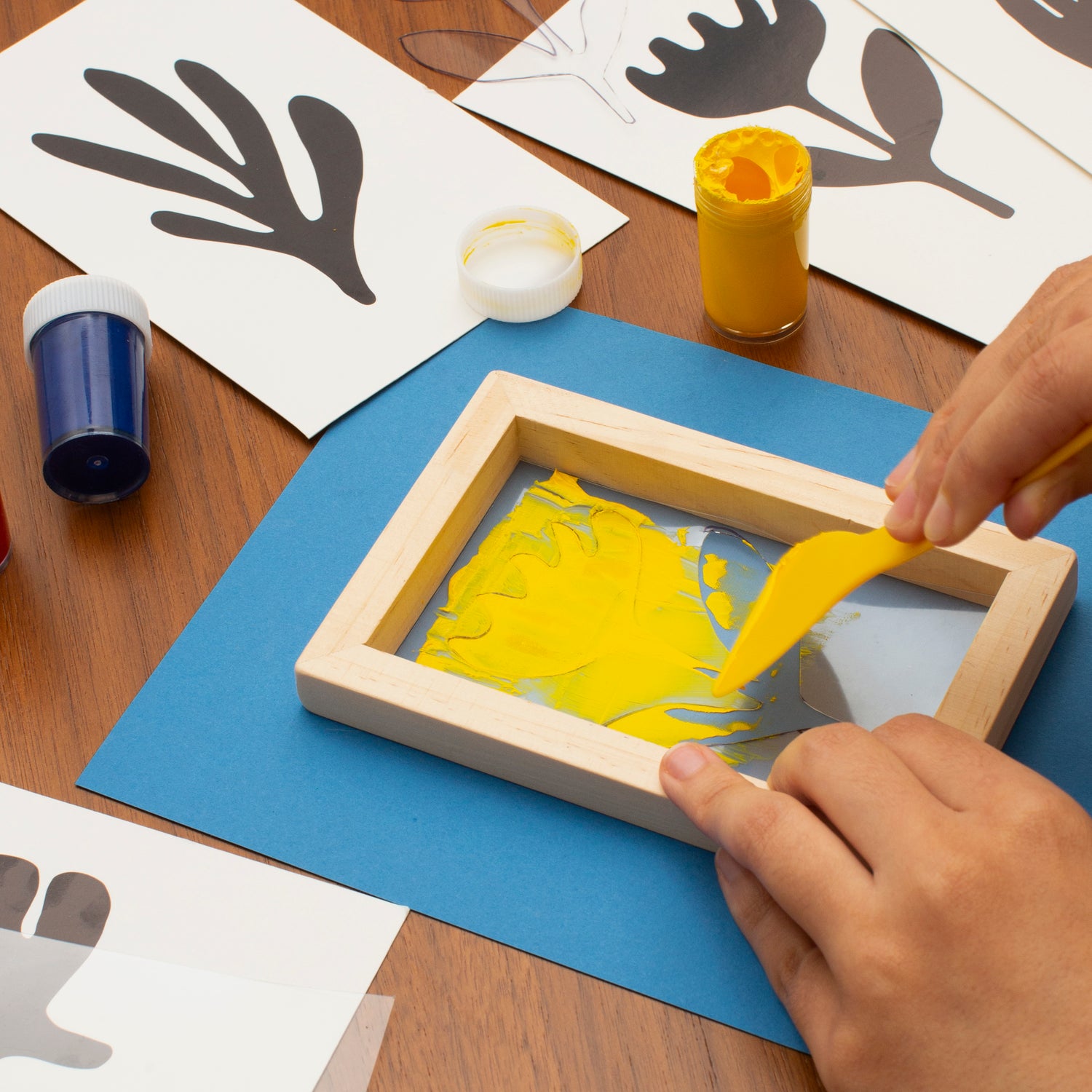The Necessary Guide to Understanding Screen Printing and Its Versatile Utilizes
Screen printing has an abundant background that goes back to ancient times, progressing into an advanced strategy made use of throughout different markets today. This guide explores the intricacies of the screen printing process, detailing its applications in advertising and marketing, home, and style décor - 10:9 Design near me. Understanding these principles can open up innovative possibility for both artistic and industrial tasks. The complying with areas will certainly reveal crucial tips and strategies to enhance one's screen printing undertakings
The History of Screen Printing
Screen printing has origins that trace back centuries, its development reflects the imaginative and technical advancements of different cultures. Stemming in ancient China, the method was at first used for embellishing fabrics and later spread to Japan, where it ended up being integral to Ukiyo-e woodblock printing. The approach shifted to Europe in the 18th century, where it gained popularity amongst craftsmens and business printers. The innovation of picture emulsion in the 20th century changed screen printing, enabling more complex layouts and better performance. Musicians like Andy Warhol better thrust its appeal, using the medium to develop iconic jobs that combined commercialism and fine art. By the late 20th century, screen printing had actually established itself as a versatile technique, used in vogue, advertising, and art. Today, it remains to advance, incorporating digital modern technology and expanding its applications across different markets.
The Screen Printing Refine Explained
Screen printing transforms creative visions into concrete styles with a collection of exact actions. Originally, a picture is produced and afterwards transferred onto a screen, normally constructed from great mesh textile stretched over a structure. A light-sensitive solution is put on the screen, which is exposed to light, hardening in areas not covered by the image. After cleaning out the unhardened solution, a stencil is developed.
Next, the screen is positioned over the substratum, whether it be textile, paper, or an additional product. Ink is then pushed via the open locations of the pattern utilizing a squeegee, depositing the style onto the substrate below. This procedure can be duplicated for numerous colors, needing separate displays for every shade. Finally, the printed item is healed utilizing heat to assure the ink sticks effectively, causing a resilient, vibrant layout all set for use.
Kinds Of Screen Printing Techniques

In addition, specialized strategies, such as discharge screen printing, get rid of dye from the textile to develop softer prints, while foil screen printing applies metal foil to accomplish a glossy surface (10:9 Design Texas). Each strategy uses distinct features, satisfying various creative requirements and production ranges, eventually increasing the possibilities within the screen printing domain name
Applications of Screen Printing in Various Industries

Furthermore, the signage and advertising industries make use of screen printing for producing captivating screens and banners. This method allows for bold colors and detailed styles that record attention. In electronic devices, screen printing is employed for applying conductive inks to circuit card, important for element links. The home décor market welcomes screen printing to produce unique styles on fabrics and wall surface art. On the whole, screen printing serves as a vital tool across diverse fields, boosting items with individualized and aesthetically enticing graphics.
Tips for Effective Screen Printing Projects
While taking on a screen printing task, cautious focus to detail can considerably improve the final result. Choosing top notch materials is important; this includes the screen, inks, and substrates. Utilizing proper mesh counts can affect ink deposition and detail resolution. Preparation is just as important; my blog extensive cleaning of screens and proper exposure times guarantee crisp prints.
Next, exact enrollment is crucial for multi-color prints. Making use of positioning devices can assist accomplish exact layering. In addition, screening prints on scrap materials prior to production aids recognize prospective problems without throwing away resources.

Often Asked Questions
What Materials Are Finest for Screen Printing on Material?
Cotton and polyester blends are suitable for screen printing on textile as a result of their longevity and ink web link absorption. Additionally, specialty fabrics like silk or canvas can produce unique appearances and surfaces, boosting the total layout quality.
Just how Do I Tidy and Maintain Screen Printing Devices?
To maintain and cleanse screen printing tools, one must consistently clean displays with proper solvents, examine squeegees for wear, oil relocating parts, and store all products in a dry, dust-free atmosphere to prolong their lifespan.
What Are the Ecological Effects of Screen Printing?
Screen printing can have considerable ecological influences, consisting of chemical waste from inks and solvents, water use throughout cleaning procedures, and energy intake. Lasting practices and environmentally friendly materials are crucial for lessening these negative results.
Can Screen Printing Be Done in the house Efficiently?
Screen printing can be efficiently done at home with the ideal materials and methods. Hobbyists can produce quality prints, though success depends on their ability degree, devices, and understanding of the procedure involved.
What Are the Prices Related To Starting a Screen Printing Service?

Beginning a screen printing company entails prices for equipment, materials, and workspace. Initial costs generally vary from a few hundred to several thousand dollars, depending Get the facts on the scale, high quality of machinery, and preferred production capability.
Screen printing has a rich history that dates back to old times, evolving right into an innovative technique used throughout different markets today. An additional strategy, rotating screen printing, uses round screens, assisting in continual printing on textile rolls, thereby enhancing efficiency for large-scale productions. Additionally, specialty techniques, such as discharge screen printing, remove color from the fabric to create softer prints, while foil screen printing uses metal aluminum foil to accomplish a shiny surface. In the fashion sector, screen printing is widely used to create vibrant designs on apparel, enabling brands to display their one-of-a-kind designs. Cotton and polyester blends are suitable for screen printing on textile due to their durability and ink absorption.